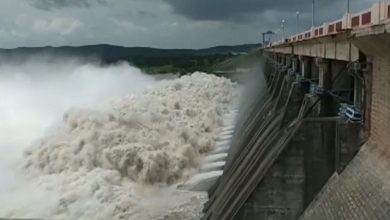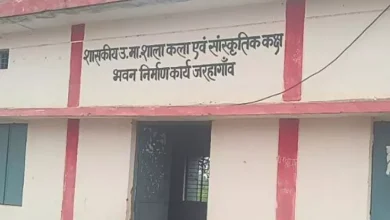Telangana’s power sector remains stagnant even after a decade of boom

Hyderabad: Sample this. The installed power capacity in Telangana, which was 7,000 MW in 2014, soared to 24,000 MW by 2023. That is, around 1,888MW every year when the BRS was in power. From December 2023 to November 2024, after the Congress came to power, not a single megawatt has been added to the installed power capacity of the State, and that pretty much sums up the current situation of the sector.
This is even after the Congress announced a slew of reforms in the power sector and promised to improve power supply in the State. But even after one year, it does not have even a clear policy to take up new power projects.
Except for completing some minor works at the 4,000 MW (5X800 MW) coal-based supercritical Yadadri Thermal Power Station at Veerlapalem village in Damarcherla mandal of Nalgonda district, which in fact was launched by the previous government, the Congress has done nothing much in the power sector. In fact, over 90 percent of the works of the Yadadri plant was completed during the previous BRS government’s tenure and there was hardly any major work left to be taken up.
Even the new comprehensive power policy announced by Chief Minister A Revanth Reddy in January has not taken shape.
In contrast, the previous BRS government gave top priority to the power sector and brought several reforms to improve the power situation in the State. The increase in installed power capacity from 7,000 MW to 24,000 MW being the foremost achievement.
The Centre is promoting solar energy on a large scale through various programmes and schemes. However, the current State government has not been taking measures to increase solar power generation in the State. The rigid policies of the government and the attitude of the Discom officials are also discouraging people from shifting to solar. On the other hand, the BRS government, from a mere 74 MW of solar power at the time of State’s formation in 2014, increased it to 5,865 MW through a series of reforms.
Now, the current State government’s regulatory policies are hindering the progress of rooftop solar plants and open access initiatives in the State. People complained that though they were applying for feasibility, permissions were not granted and the applications just sat there with no response. The situation of solar open access could be gauged by the fact that Telangana didn’t witness any solar open access capacity additions in Q2 2024. As of June 2024, Telangana has a cumulative installed solar open access capacity, with 329.5 MW, accounting for just 2 percent of the country’s total.
The 4,000 MW NTPC-Ramagundam Thermal Power Plant was an assurance under the Andhra Pradesh Reorganisation Act, 2014 and the first phase (2X800MW) of the project was completed and dedicated to the nation by Prime Minister Narendra Modi last year. The balance 2,400 MW has to be completed in the second phase. However, the State government has decided against signing a Power Purchase Agreement (PPA) for the NTPC-Ramagundam Phase-2 (3X800MW) stating that the government would incur losses due to high power tariff. The decision of the government may prove costly as the 85 percent of the power produced in the plant was reserved for the State.
With little or no plans for the growth of the power sector in the State, the Revanth Reddy government is depending on central power generation and open market for meeting the power demand of the State. On the other hand, the previous BRS government invested over Rs.37,000 crore to improve the power sector and increased the installed capacity four fold during its 10 year tenure. The BRS government turned Telangana from a power shortage State to power surplus State. It provided round the clock power to all the sectors, including free power to farmers.
But with frequent power supply disruptions, unscheduled power cuts and several complaints in the Gruha Jyothi scheme that promises free power up to 200 units, the growth graph of the power sector in Telangana has nose-dived in the last one year.





